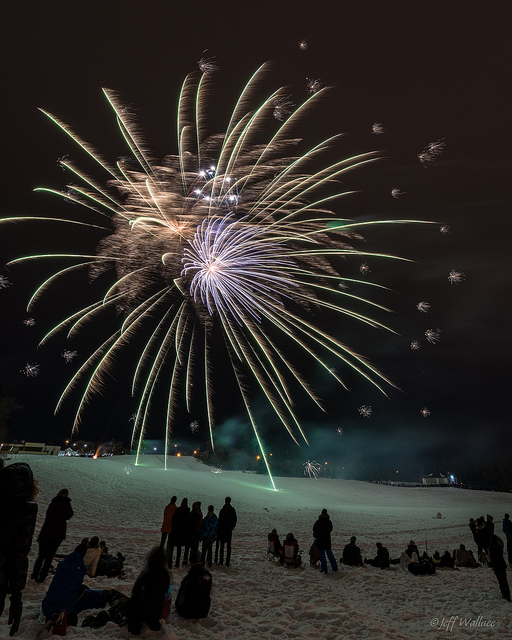Article
National Chiefs of the Assembly of First Nations
Assembly of First Nations The Assembly of First Nations (AFN) is a political advocacy organization that represents First Nations across Canada. In 1967, eight provincial Indigenous organizations formed the National Indian Brotherhood. This organization contributed to conversations surrounding the 1969 White Paper and other federal policies. In 1982, amid the Constitutional Conferences surrounding the rights of Indigenous peoples in Canada, the National Indian Brotherhood became the Assembly of First Nations. The AFN represents over 600...








